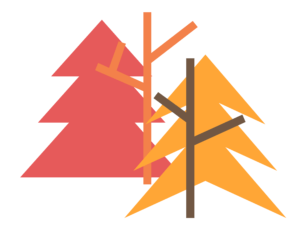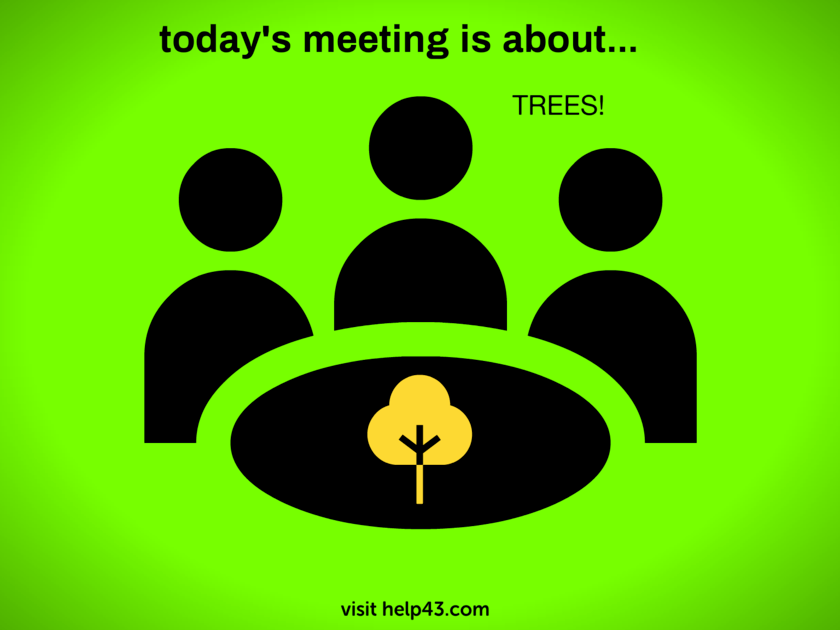Understanding the Ecological Significance of Trees
Unearthing the Roots
Why Trees Matter
Let’s talk trees. No, not the kind you deck out during the holidays, but the green giants that quietly shape our world. Trees are the planet’s very own set of lungs, breathing in carbon dioxide and exhaling oxygen. Without them, we’d be, quite literally, gasping for air. But their role goes beyond just a breathing buddy. Trees are like the Earth’s thermostat, playing a key role in climate regulation. They’re nature’s air conditioners, minus the electricity bill.
Trees as a Cornerstone for Biodiversity
Trees don’t just stand there looking pretty; they’re biodiversity hotspots. Think of them as the ultimate condominiums in the animal kingdom. Birds, insects, mosses, you name it – trees offer them a home, or at least a pit stop. This isn’t just about saving a cute bird or two; it’s about preserving a complex web of life where every creature, big or small, has a role to play.
The Role of Trees in Climate Regulation
Here’s where trees flex their muscles. They’re not just passive oxygen generators; they’re active climate warriors. Through a process called carbon sequestration, trees capture carbon dioxide – that pesky greenhouse gas – and lock it away in their trunks, branches, and roots. This isn’t just a drop in the ocean; it’s a significant dent in the carbon footprint left by human activities.
Branching Out
The Social Benefits of Trees
Trees in Urban Environments, Green Spaces and Mental Health
Ever felt a sense of calm wash over you in a park or under a leafy tree? That’s not just your imagination. Studies have shown that green spaces, especially those with trees, can significantly boost mental health. They’re natural stress-busters, minus the side effects of your usual chill pill.
Cultural Significance of Trees Across Societies
From the sacred Bodhi Tree in Buddhism to the Yggdrasil in Norse mythology, trees have deep roots in cultures worldwide. They’re not just plants; they’re symbols of life, wisdom, and continuity. There’s a reason we feel a sense of awe under a towering oak or ancient banyan – these living beings are threads woven into the fabric of human culture.
Economic Benefits: Trees as Assets to Local Economies
Think trees are just about shade and scenery? Think again. They’re economic powerhouses. In urban areas, they increase property values, boost tourism, and save energy by providing natural cooling. In rural areas, they’re the backbone of industries like timber, fruit, and rubber. That’s a lot of economic juice for something that doesn’t ask for a paycheck.
Endangered Canopy
The Current State of Trees Worldwide
Deforestation Statistics and Trends
Here’s the not-so-fun part. Our forests are facing a crisis, with deforestation happening at an alarming rate. Every year, we lose vast areas of forests – equivalent to about 27 soccer fields every minute. This isn’t just sad news for tree-huggers; it’s a global emergency. Deforestation contributes to climate change, biodiversity loss, and even pandemics by disrupting natural habitats.
Impact of Climate Change on Tree Populations
Climate change isn’t just a threat to polar bears and ice caps; it’s a tree problem too. Rising temperatures, changing rainfall patterns, and increased extreme weather events are altering forests worldwide. Trees are stressed out (yes, they can get stressed), and this can lead to increased vulnerability to diseases and pests. It’s a vicious cycle – fewer trees mean more climate change, and more climate change means fewer trees.
Species of Trees Under Threat and Their Unique Importance
It’s not just about losing ‘trees’; it’s about losing unique species, each with its own role in the ecological tapestry. Some species, like the majestic Redwoods or the Amazonian Kapok, are particularly crucial. They’re irreplaceable giants that support entire ecosystems. When these trees are under threat, it’s like pulling a crucial block from an ecological Jenga tower.
—
Seeds of Change
The Principles of Tree Conservation
Key Concepts in Tree Conservation
Conserving trees isn’t just about planting more of them (though that’s important). It’s about understanding ecosystems, sustainable forestry, and the delicate balance of nature. This includes protecting mature forests, which are biodiversity hotspots, and restoring degraded lands in ways that support the local environment and communities.
The Balance Between Development and Conservation
It’s the age-old dilemma: progress versus nature. But who said it has to be a battle? The key lies in sustainable development – meeting our needs without compromising future generations’ ability to meet theirs. This means smarter urban planning, sustainable agriculture, and forestry practices that keep the health of ecosystems in mind.
Case Studies of Successful Conservation Efforts
Hope isn’t lost. There are success stories out there. Take Costa Rica, which reversed its deforestation trend through policies that incentivized tree planting and sustainable land use. Or the Great Green Wall in Africa, an ambitious project to combat desertification. These aren’t just feel-good stories; they’re blueprints for change.
A Human Touch
Communities Leading the Way in Tree Conservation
Grassroots Movements and Their Effectiveness
Change often starts from the ground up. Local communities and grassroots movements have been instrumental in protecting and conserving forests. These movements understand the local context and can mobilize action in a way that’s culturally sensitive and effective. They prove that when it comes to conservation, small actions can lead to big changes.
The Role of Indigenous Knowledge in Preserving Treescapes
Indigenous communities have been living in harmony with forests for centuries. They hold a wealth of knowledge on sustainable forest management. By respecting and integrating this wisdom, conservation efforts can be more effective and culturally appropriate. It’s about combining ancient wisdom with modern science.
Youth and Education in Tree Conservation Initiatives
The young are not just the leaders of tomorrow; they’re change-makers today. Educational programs that focus on tree conservation can empower youth to take action. It’s about sowing the seeds of environmental stewardship in young minds, creating a generation that values and protects our forests.
Policy and Protection
How Governments Are Safeguarding Trees
Legal Frameworks for Tree Conservation
When it comes to saving trees, laws and regulations are the big guns. Countries around the world are enacting laws to protect forests, control logging, and manage land use. Think of them as the rulebooks that help keep our green friends safe. These laws range from banning deforestation to promoting reforestation and everything in between.
International Cooperation on Forest Conservation
Trees don’t care about borders, and neither should conservation efforts. International cooperation is key. This includes agreements like the Paris Climate Accord and initiatives like the United Nations’ REDD+ program, which incentivizes developing countries to reduce emissions from deforestation. It’s all about global teamwork for a greener planet.
Creating Incentives for Businesses to Participate in Conservation
Let’s face it: money talks. Creating economic incentives for businesses to engage in tree conservation is crucial. This can include tax breaks for sustainable practices, funding for reforestation projects, or penalties for harmful activities. It’s about aligning the bottom line with the tree line.
From the Ground Up
Individual Actions for Tree Conservation
Simple Habits to Adopt for Aiding Tree Conservation
Every individual can make a difference. Simple actions like using recycled products, reducing paper waste, and supporting sustainable brands can have a big impact. It’s about making tree-friendly choices in our daily lives, one step at a time.
The Impact of Responsible Consumer Choices
Our shopping habits can be a powerful tool for conservation. By choosing products from companies that practice sustainable forestry and avoid those that contribute to deforestation, consumers can drive change. It’s about voting with our wallets for a greener world.
Volunteering and Advocacy: How to Get Involved Locally
Get your hands dirty – literally. Volunteering for tree planting or conservation projects is a great way to contribute. Advocacy is another powerful tool. Speak up, join local environmental groups, or start your own initiatives. It’s about being the change you want to see in your community.
The Tech-Rooted Solution
Innovation in Tree Conservation
Harnessing Technology for Monitoring and Protecting Trees
Welcome to the digital forest. Technology, like satellite imagery and AI, is revolutionizing tree conservation. These tools allow for monitoring forest health, tracking illegal logging, and understanding ecological changes on a global scale. It’s like having a high-tech guardian for our forests.
Reforestation Drones and Their Impact
Drones aren’t just for cool aerial shots; they’re also planting trees. Yes, you heard that right. Reforestation drones can plant thousands of seeds a day, reaching areas that are difficult for humans to access. This isn’t just about planting more trees; it’s about planting smarter.
Data-Driven Approaches to Conservation
In the age of big data, conservation is getting a tech makeover. Data-driven approaches can help in predictive modeling, understanding ecological patterns, and making informed decisions for conservation strategies. It’s about using the power of data to keep our forests flourishing.
The Future Forests
Visions for Sustainable Tree Conservation
The Importance of Setting Long-Term Conservation Goals
Looking ahead is crucial. Setting long-term goals for tree conservation ensures that our efforts today will benefit future generations. This includes restoring degraded ecosystems, expanding protected areas, and integrating conservation into urban planning.
Emerging Trends in Eco-Conscious City Planning
Cities are getting a green makeover. Eco-conscious city planning includes incorporating green spaces, urban forests, and sustainable infrastructure. This is about creating cities where nature and urban life coexist in harmony.
Educational Initiatives Shaping the Next Generation of Conservationists
The future is in the hands of the young. Educational initiatives that focus on environmental stewardship and tree conservation are crucial. By inspiring and educating the next generation, we’re planting the seeds for a greener, tree-filled future.
Agents of change
Innovation in Reforestation
A futuristic drone actively planting seeds in a lush forest, symbolizing the innovative use of technology in tree conservation.
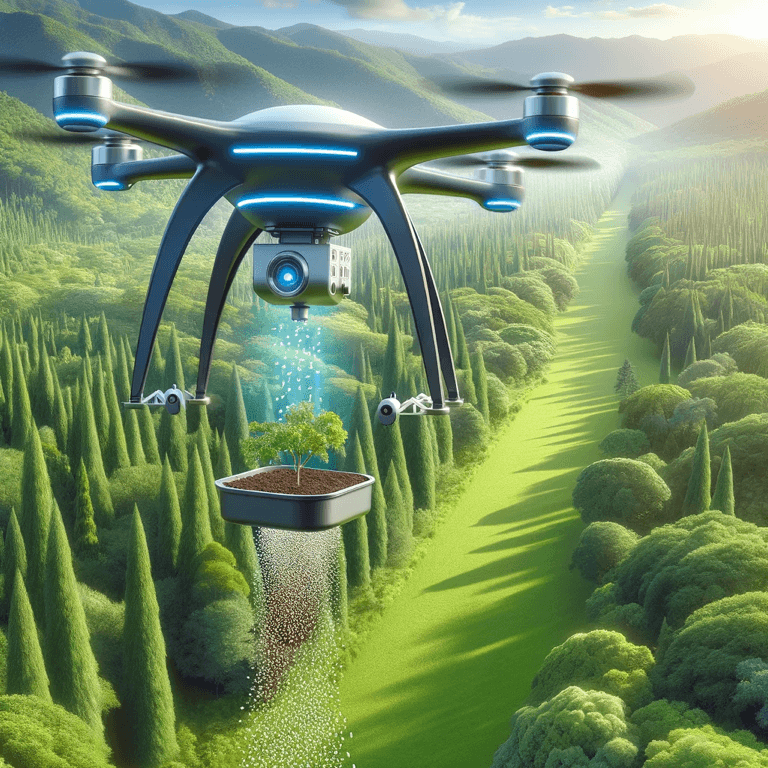
2. Green Cities of the Future
An urban landscape that perfectly integrates nature with development, featuring green rooftops, parks, and sustainable energy sources.
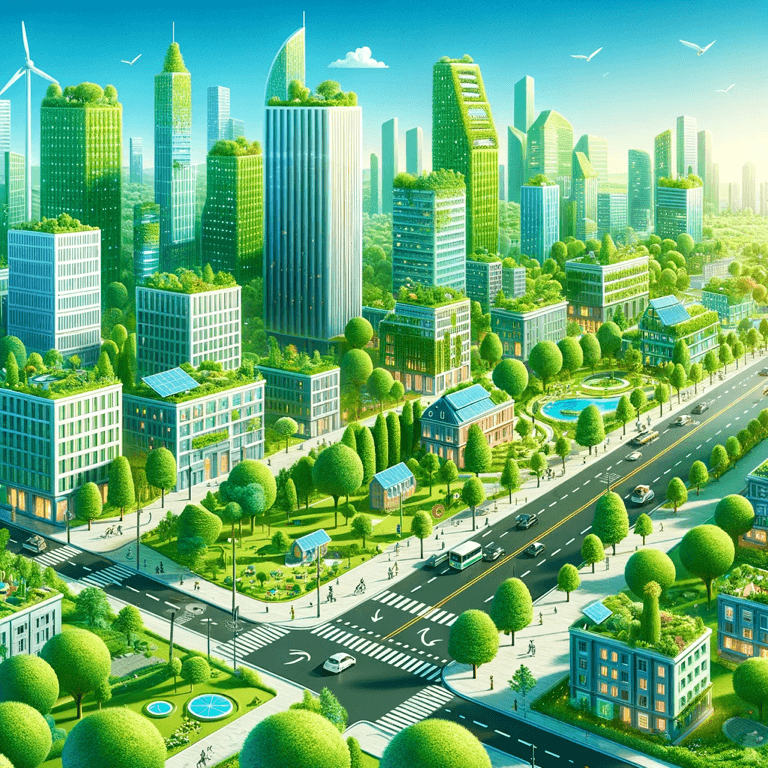
3. Youth Involvement in Conservation
A group of diverse young people actively participating in tree planting, highlighting the importance of youth engagement and teamwork in environmental conservation.
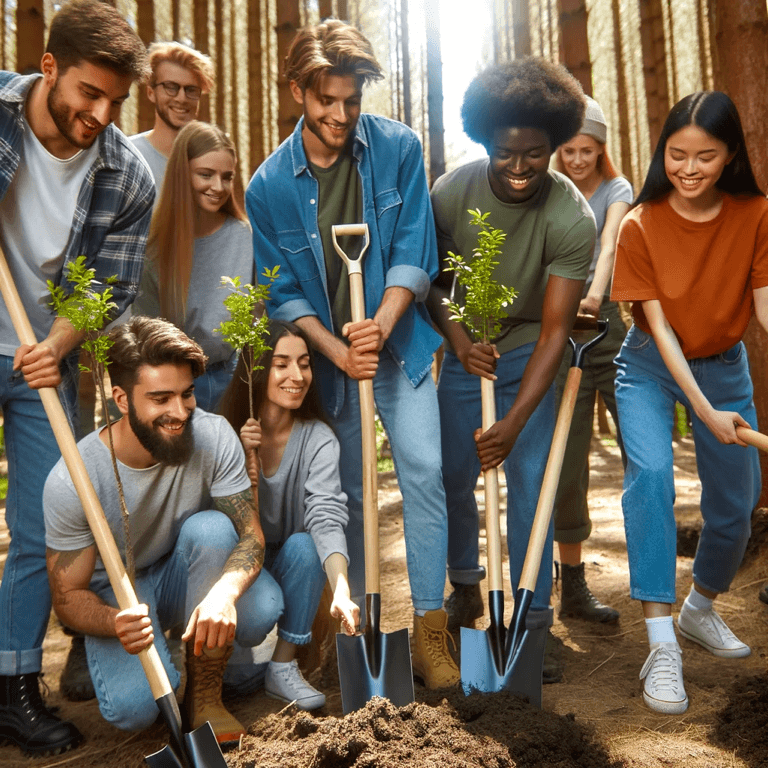
Let us endorse modern tree conservation efforts and the hopeful future they represent!
Written with help of openAI Language models and DALLE
Embark on your journey in affiliate marketing and website creation alongside an incredible community and myself. Invest in your future by dedicating time to learn and earn. Take all the time you need to master the basics before aiming higher. Give it a try and sign up for free. You won't regret it! Discover the possibilities for yourself...
